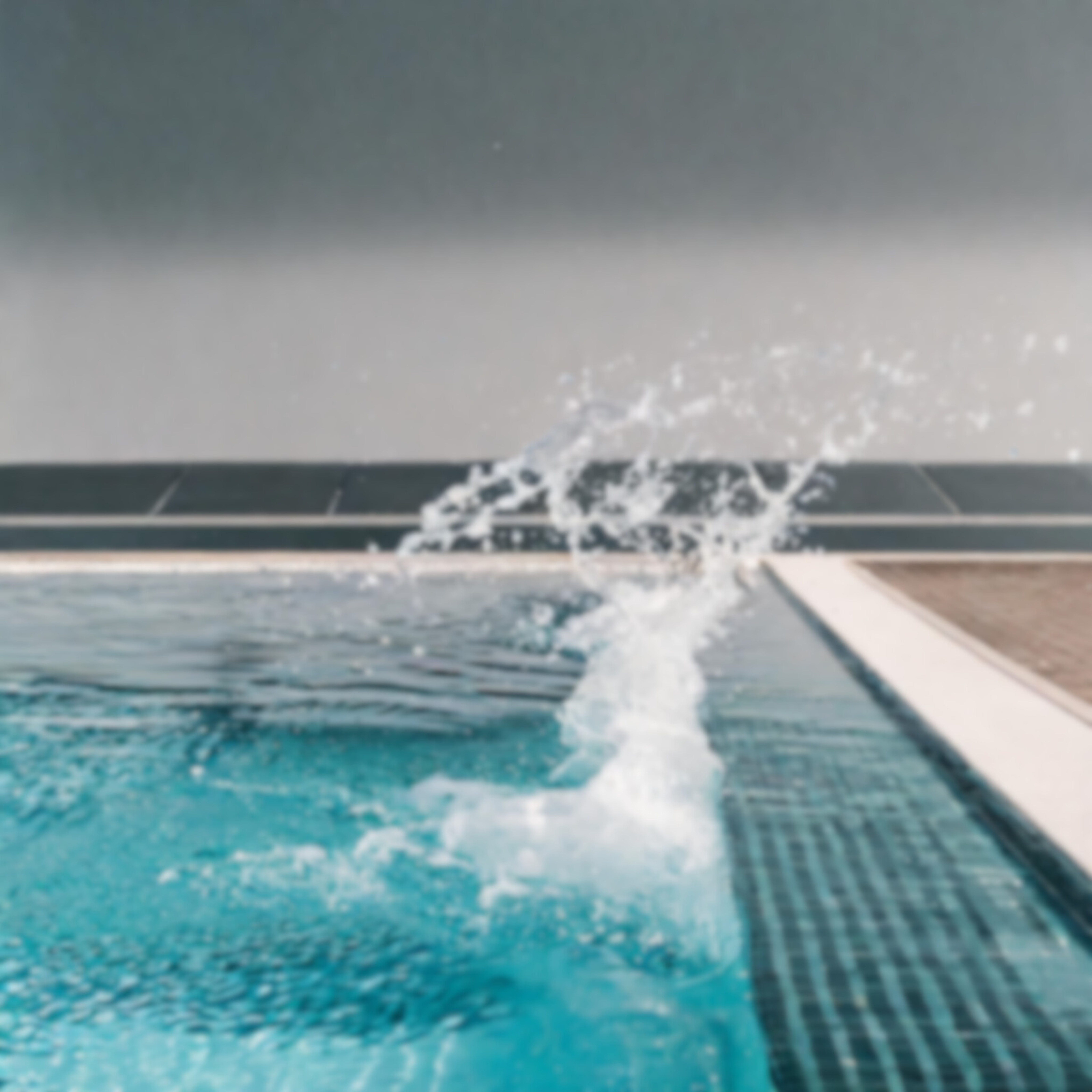
Salt electrolysis for pools is experiencing a rapid growth among homeowners. Ecological, economical, and easy to use, this treatment offers an attractive alternative to traditional methods. However, to ensure optimal effectiveness and increased longevity of your equipment, it is crucial to choose a suitable pool salt.
Characteristics of "good" pool salt
The European standard EN 16401 defines the quality criteria for pool salt. Two types exist: A and B, with A having a higher degree of purity.
Essential criteria:
- Sodium chloride (NaCl) content: Between 99% and 99.9% minimum.
- Calcium (Ca) and magnesium (Mg) concentration: Minimal.
- Absence of metals: Iron, copper, lead, manganese... harmful to electrodes.
Options: "4 in 1" salts
Some salts integrate additives:
- Stabilizer: Extends the life of chlorine. Useful if the electrolyzer is suitable for the pool volume and the production is sufficient. A too high rate can affect the effectiveness of chlorine.
- Antilimestone: Limits electrode scaling. Unnecessary if the electrolyzer is polarity reversal.
- Anticorrosion: Interesting only for high-performance electrolyzers with polarity reversal and if grounding is done.
Water analysis: a must
It is the quality of your pool water that determines if a 4-in-1 salt is necessary. An analysis will identify its particularities and opt for the appropriate additives if necessary (stabilizer, antilimestone, metal sequestering...).
Risks of unsuitable pool salt
Non-compliant salt can cause:
- Appearance of irreversible stains on the coating.
- Decrease in electrolyzer performance.
- Deterioration of equipment.
- Premature wear of the cell.
Opting for pool salt that meets European standards is essential to ensure optimal operation of your electrolyzer, impeccable bathing comfort, and the longevity of your equipment. Ban table salt and mining salt, which are unsuitable and harmful to your pool.